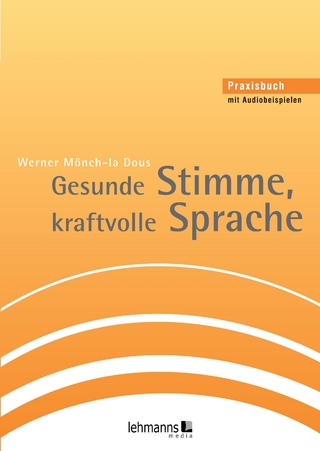
Evaluating Theories of Language
John Wiley & Sons Inc (Verlag)
978-1-86156-000-1 (ISBN)
- Titel z.Zt. nicht lieferbar
- Versandkostenfrei innerhalb Deutschlands
- Auch auf Rechnung
- Verfügbarkeit in der Filiale vor Ort prüfen
- Artikel merken
This book icludes contributions from researchers and clinicians on both sides of the Atlantic as well as from Australia and Hong Kong.
Karen Dodd is known for her research into the effects of therapeutic exercise for people with chronic disabilities, particularly neurological disabilities. She has published and presented extensively on this topic. She co-produced an innovative instructional DVD on strength training for people with cerebral palsy that won the Fred P. Sage award for the best audiovisual product at the American Academy for Cerebral Palsy and Developmental Medicine 60th Annual Meeting. Ruth Campbell is Professor of Psychology at Goldsmiths College, University of London. Linda Worralk is the editor of Evaluating Theories of Language: Evidence from Disordered Communication, published by Wiley.
Preface. Acknowledgements.
Contributors.
Introduction: Words and nature, Leonard L. La Pointe.
Chapter 1 Computational cognitive neuropsychology and acquired dyslexia, Max Coltheart, Robyn Langdon and Michael Haller.
Chapter 2 From snarks to boojums: why are prosodic disbilities so rare? Paul F. McCormack.
Chapter 3 Underlying representations in the acquisition of phonology: evidence from 'before and after' speech, Andrew Butcher.
Chapter 4 Insights into language structure and function: some consequences of prelingual hearing loss, Ruth Campbell.
Chapter 5 Individual differences in cognititive function amount normal subjects and their implications for cognitive neuropsychology, Randi C. Martin.
Chapter 6 Symptoms of disorder without impairment: the written and spoken errors of bilinguals, Barbara J. Dodd, Lydia K.H. So and Li Wei.
Chapter 7 The role of subcortical structures in language: clinico-neuroradiological studies of brain-damaged subjects, Bruce E. Murdoch.
Chapter 8 Cognitive neuropsychology and aphasia: a critical analysis, Meredith Kennedy.
Chapter 9 Limitations of models of sentence production: evidence from Cantonese data of normal and aphasic speakers, Edwin M.-L. Yiu and Linda Worrall.
Synthesis.
Index.
| Erscheint lt. Verlag | 23.9.1996 |
|---|---|
| Reihe/Serie | Exc Business And Economy (Whurr) |
| Verlagsort | New York |
| Sprache | englisch |
| Maße | 200 x 250 mm |
| Gewicht | 369 g |
| Themenwelt | Geisteswissenschaften ► Sprach- / Literaturwissenschaft ► Sprachwissenschaft |
| Medizin / Pharmazie ► Gesundheitsfachberufe ► Logopädie | |
| Medizin / Pharmazie ► Medizinische Fachgebiete | |
| ISBN-10 | 1-86156-000-1 / 1861560001 |
| ISBN-13 | 978-1-86156-000-1 / 9781861560001 |
| Zustand | Neuware |
| Haben Sie eine Frage zum Produkt? |
aus dem Bereich


